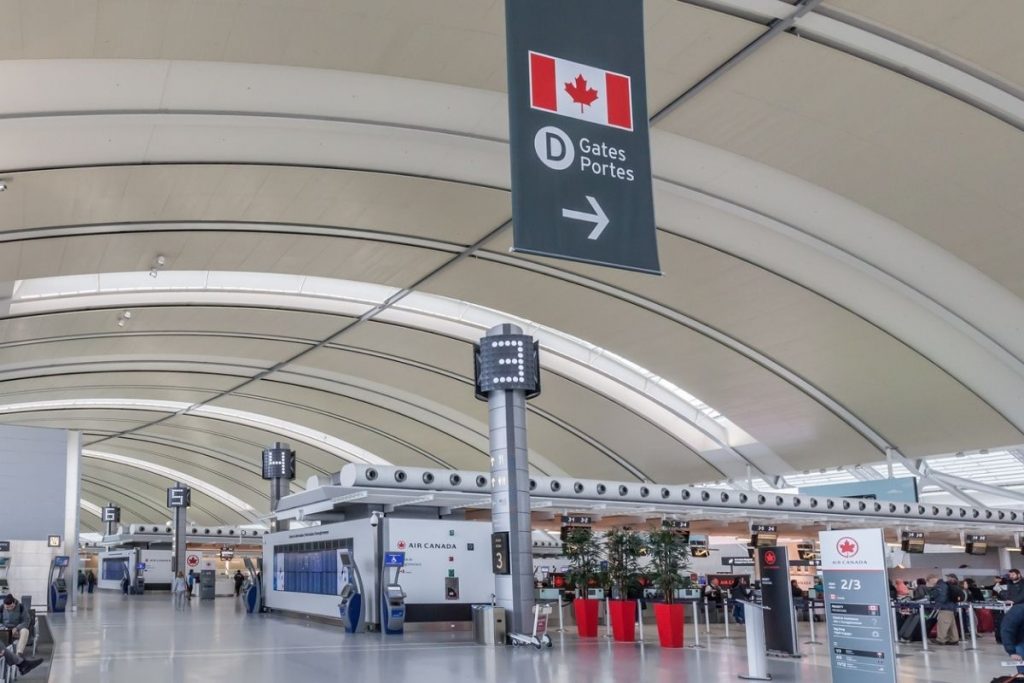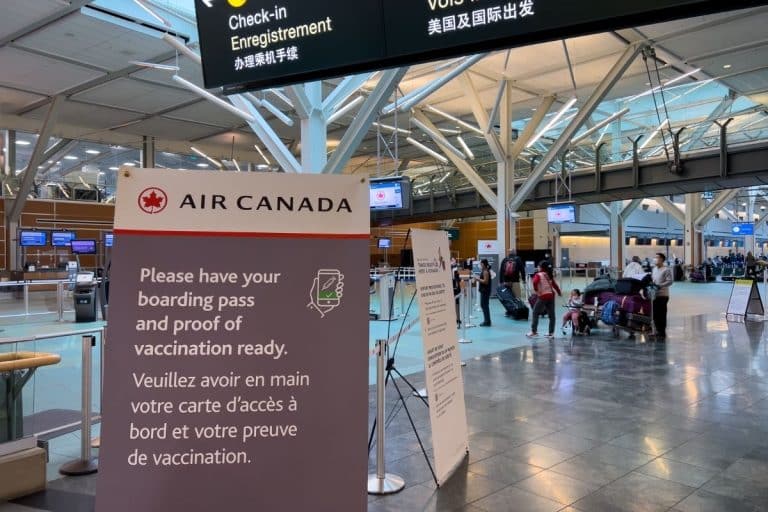Canada has extended its entry restrictions for all international travelers through at least September 30, 2022.
The move means that visitors to Canada are still required to present proof of vaccination or a negative Covid-19 test followed by quarantine for two weeks upon arrival.
In addition, all travelers must still use the ArrivaCan app to upload their travel and personal details.
“As we move into the next phase of our COVID-19 response, it is important to remember that the pandemic is not over. We must continue to do all that we can to keep ourselves and others safe from the virus,” said the Honorable Jean-Yves Duclos, Canadian Minister of Health in a statement.
“It is also important for individuals to remain up to date with the recommended vaccinations to ensure they are adequately protected against infection, transmission, and severe complications. As we have said all along, Canada’s border measures will remain flexible and adaptable, guided by science and prudence.”
Furthermore, the suspension of mandatory random testing at all airports will be extended until mid-July for travelers who are fully vaccinated.
The halt, which began on June 11, 2022, allows airports to work on optimizing their operations.

The mandatory random testing at land border points of entry remains unchanged. Unless exempt, travelers who do not qualify as completely vaccinated will be tested on Day 1 and Day 8 of their 14-day quarantine.
The current pandemic is being exacerbated by a “dramatic” drop in testing in nations around the world, according to WHO Director-General Tedros Adhanom Ghebreyesus during a news conference Wednesday.
“This obscures the true picture of an evolving virus and the real burden of COVID-19 disease globally,” he said.
“It also means that treatments are not given early enough to prevent serious illness and or death.”
The fast-spreading Omicron subvariants BA.4 and BA.5 are driving the present increase in cases in the United States and Europe.
Federal public health officials in Canada have also expressed concern about an increase in the prevalence and spread of BA.4 and BA.5.
According to government COVID-19 epidemiological statistics, the two subvariants are currently responsible for about 30% of new cases in Canada.

